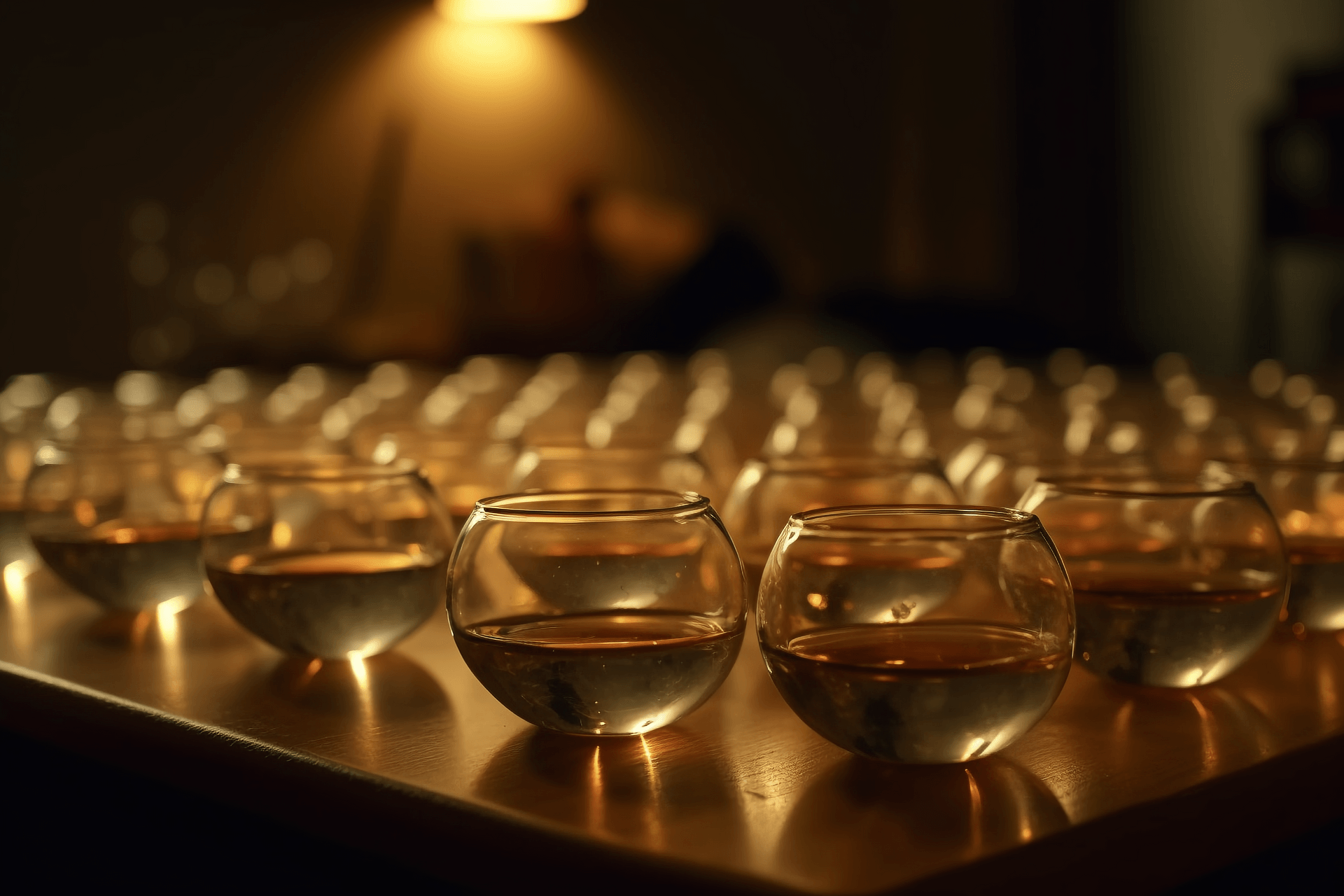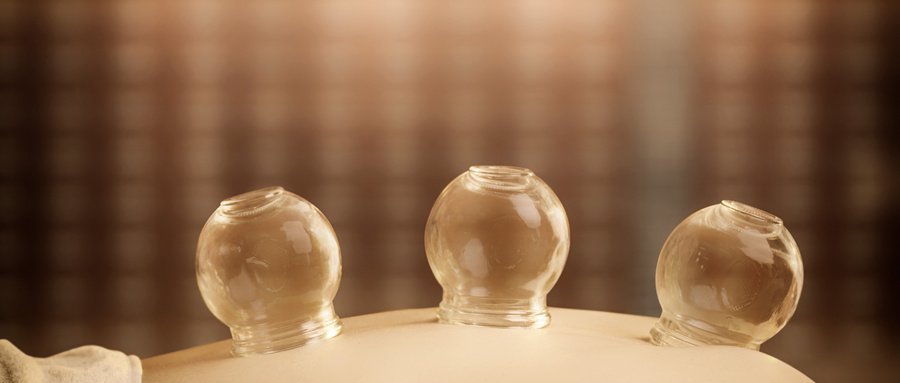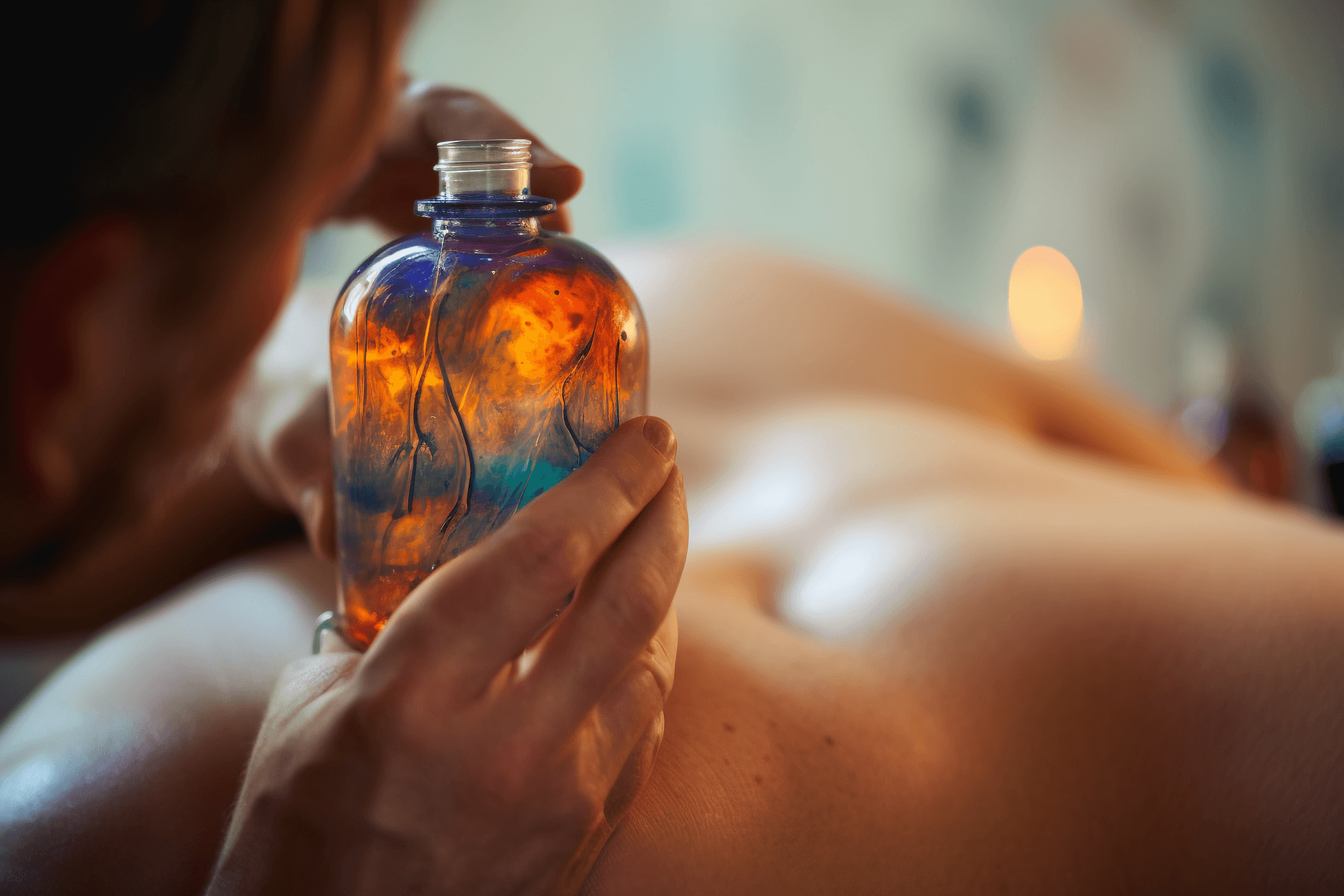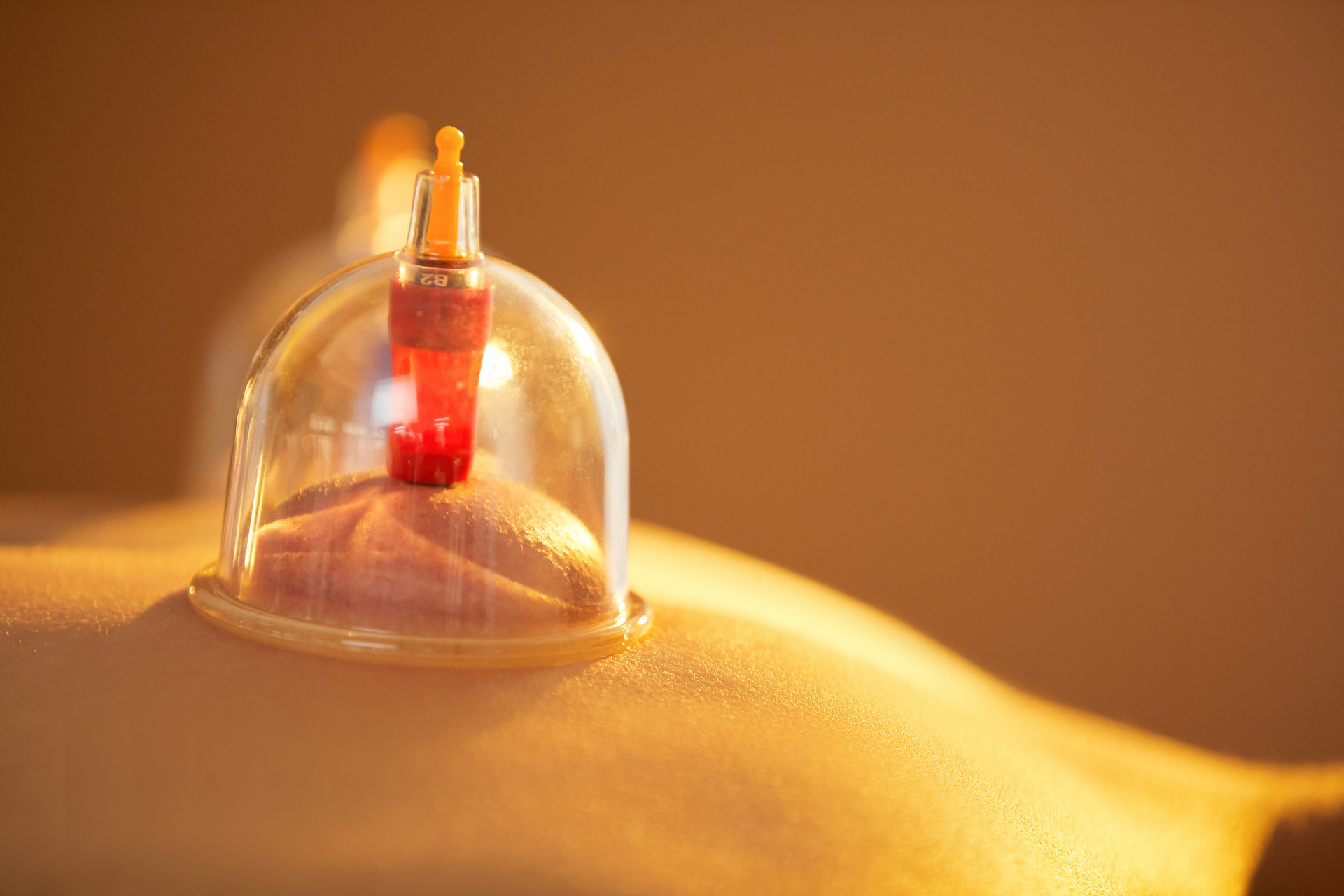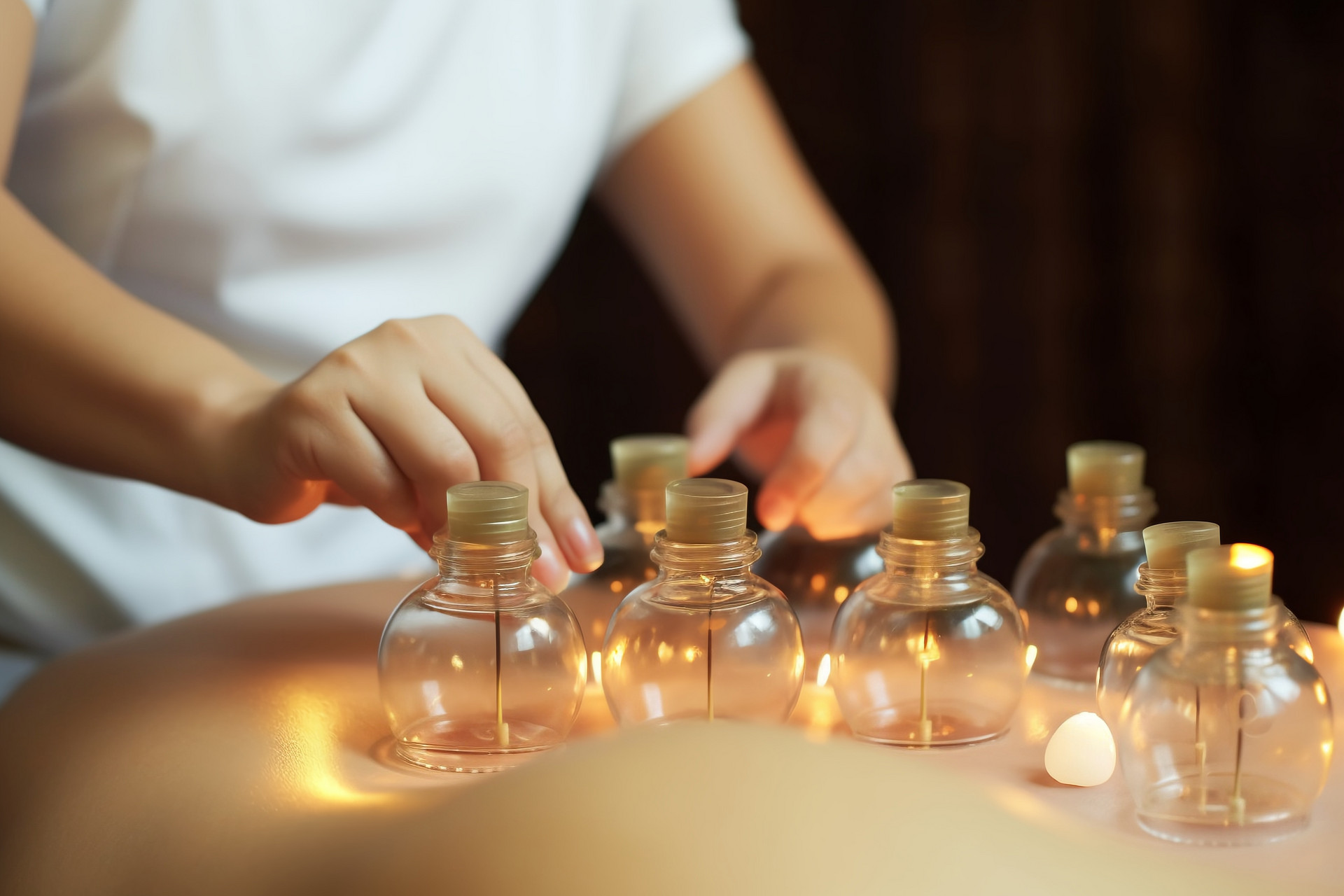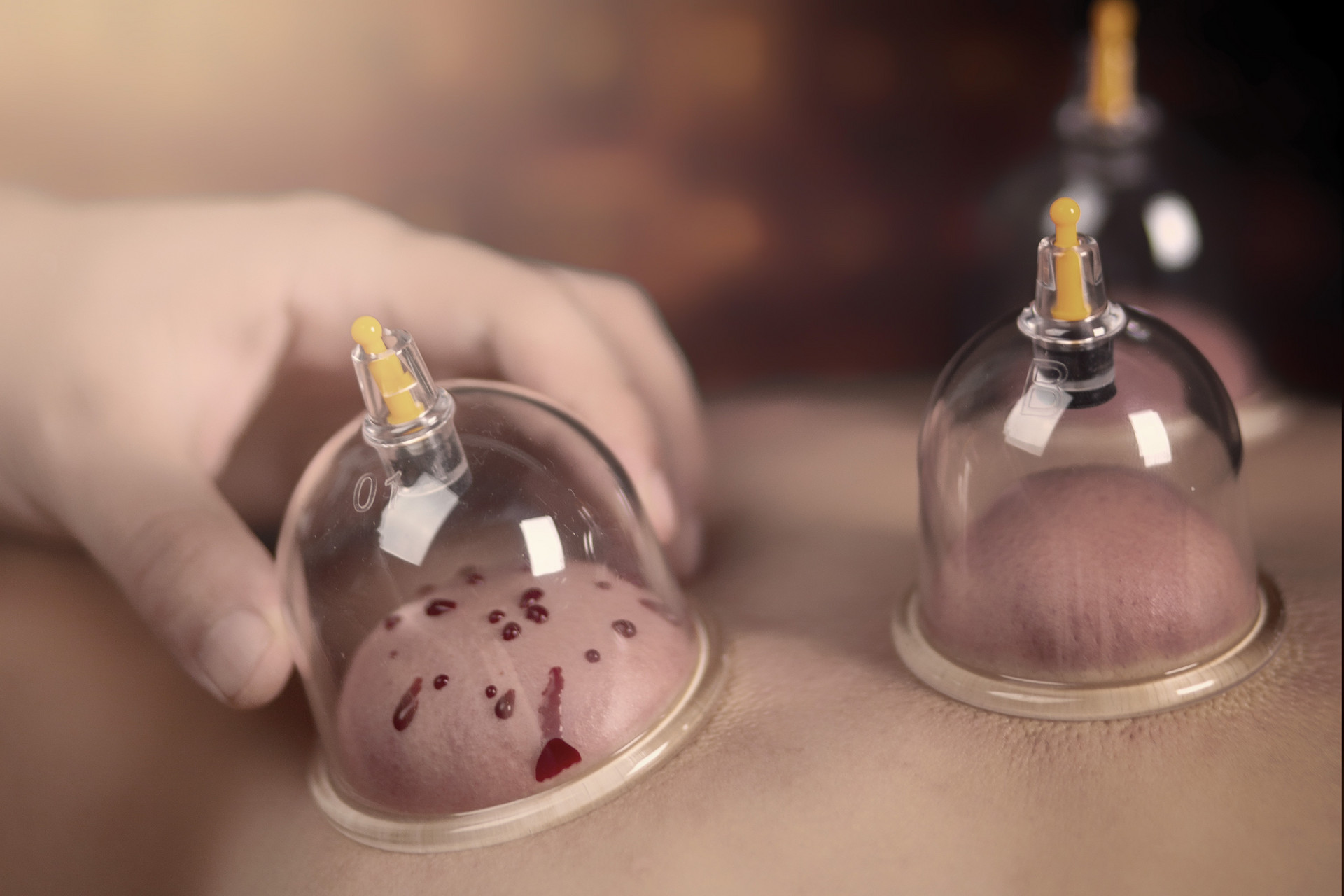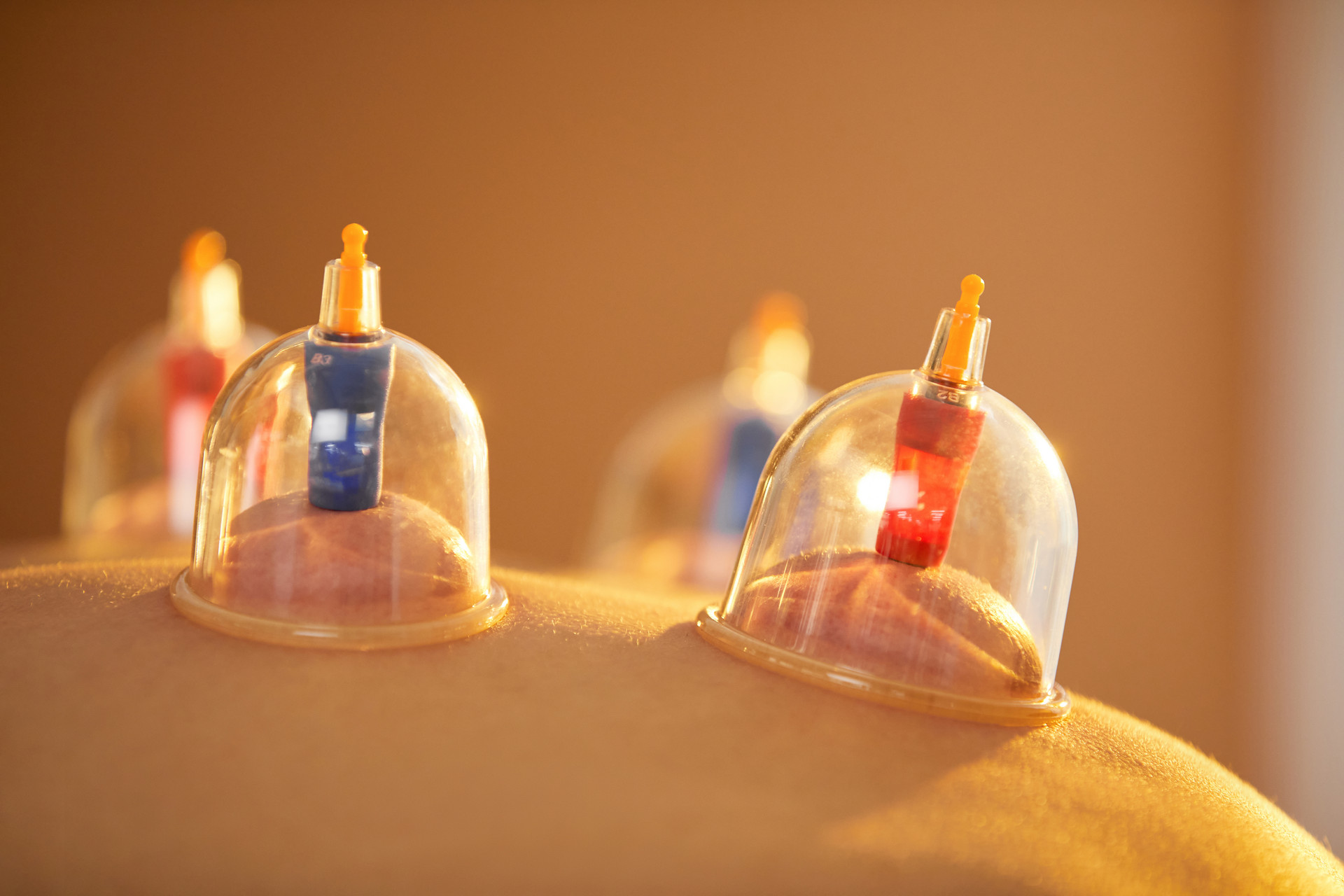There are many types of cupping instruments used in cupping therapy, which can generally be divided into traditional cups and new cups.
Traditional cups are named according to the materials used, including animal horn cups, bamboo cups, ceramic cups, glass cups, rubber cups, plastic cups, suction cups, and metal cups. They are made from materials such as animal horns (such as cow horns, sheep horns), bamboo, clay, glass, rubber, plastic, and metal (such as iron, aluminum, copper). Currently, bamboo cups, ceramic cups, and glass cups are still widely used in folk and grassroots medical units, and animal horn cups are still used by a few people in remote mountainous areas. Metal cups have been eliminated due to their fast heat conduction and heavy weight.
New cups include electric cups, magnetic therapy cups, infrared cups, ultraviolet cups, laser cups, ion penetration cups, etc. However, these cups are expensive and complicated to use, and are currently only used in a few medical departments, and have not been widely popularized.
(1) Animal Horn Cup: It is made of animal horns such as cow and sheep, with a hole at the top for sucking and exhausting air. Currently, there is still a tradition of using animal horn cups for cupping in some remote ethnic minority areas in China.
(2) Bamboo Cup: Depending on the method of exhausting, the materials and production methods are different. Bamboo fire cups are used for fire exhaust and require the use of solid and mature old bamboo. The mature bamboo material is solid and can withstand fire roasting without deformation or air leakage. Bamboo water cups are made from bamboo that is not yet mature but still solid, as they need to be boiled with water or medicinal solution, and steam is used for exhaust. The advantages of bamboo cups are that they are easy to obtain, simple to make, lightweight, durable, easy to carry, economical, and not easily broken. The disadvantages are that they are prone to cracking and air leakage, opaque, and unable to observe changes in the skin inside the cup.
(3) Ceramic Cup: It is made of fired clay, with a flat bottom and smooth inside and outside. It is suitable for fire exhaust method.
(4) Glass Cup: It is made of heat-resistant glass, with a large chamber and a small mouth, and the edge of the cup mouth slightly protrudes outward. According to the diameter of the mouth and the size of the chamber, it can be divided into three sizes: large, medium, and small. It is mostly used for fire exhaust method, especially suitable for walking cupping method and cupping after acupuncture. The advantages of glass cups are beautiful and clear, transparent, easy to observe changes in the skin outside the cup during cupping, so as to grasp the cupping time. It is currently the most widely used cupping instrument in clinical practice. The disadvantages are fast heat conduction, easy to burn the skin, and easy to break.
(5) Rubber Cup: It is made of rubber with good stretchability. It can be as small as an ear hole or as large as covering the whole body. Its shape varies according to clinical needs. It is used for suction exhaust method. The advantages are easy disinfection, non-breakable, suitable for cupping on special parts such as ears, nose, eyes, scalp, wrists, ankles, and slightly uneven surfaces. The disadvantage is that it is expensive and unable to observe changes in the skin inside the cup.
(6) Plastic Cup: It is made of heat-resistant plastic by compression. Its specifications and models are similar to glass cups. The advantages are not easy to break, lightweight and portable; the disadvantage is that it cannot observe changes inside the cup and is prone to aging and deformation.
(7) Suction Cup: It is made of organic glass or transparent engineering plastic, and a top piston is used to control suction and exhaust. The advantages of suction cups are that they do not require ignition, do not burn the skin, are safe and reliable, and the suction and suction force can be controlled. The automatic release of suction is not painful. The cup is transparent, making it easy to observe the congestion of the skin at the suction site and grasp the cupping time. Suction cups are a major breakthrough in the improvement of traditional cups and are widely used by clinical doctors. They have opened up broad prospects for the popularization and promotion of cupping therapy in families and personal self-care.
(8) Metal Cup: It is made of metal materials such as copper, iron, aluminum, and stainless steel. The specifications and requirements are generally similar to ceramic cups and glass cups. It is used for fire exhaust method. The advantages are easy disinfection and non-breakable; the disadvantages are high manufacturing costs, fast heat conduction, easy to burn the skin, and unable to observe changes in the skin at the cupping site.
In addition, in the absence of dedicated cups or in emergency situations, readily available substitute cups such as teacups, wine glasses, empty medicine bottles, canned bottles, and bowls can be used for cupping therapy as long as the mouth is smooth and flat, heat-resistant, and capable of generating a certain suction force.
As for the new cups developed based on traditional cups combined with modern medical technology, they are mostly used in medical departments and are omitted here. Interested readers can refer to relevant professional books.


